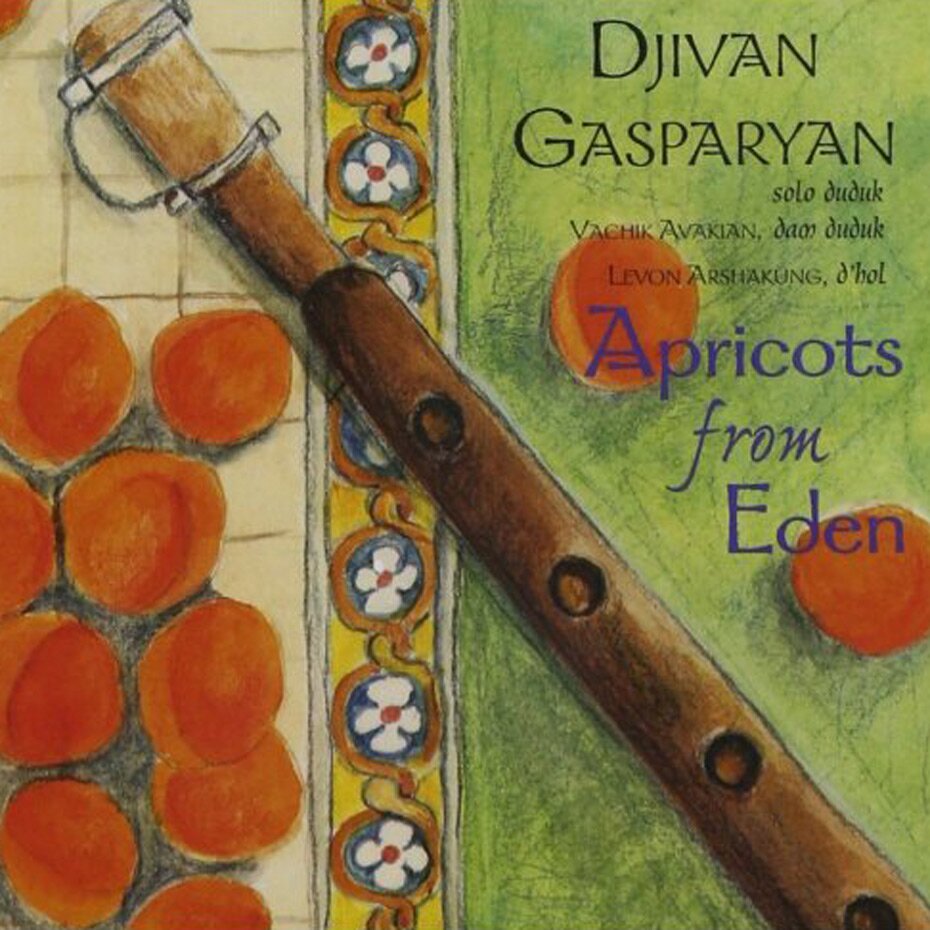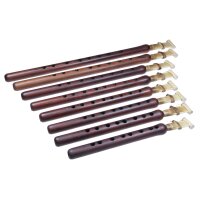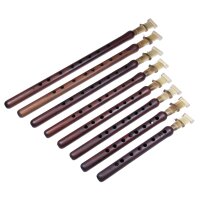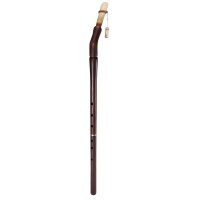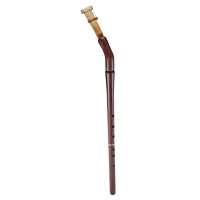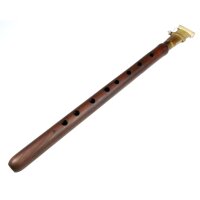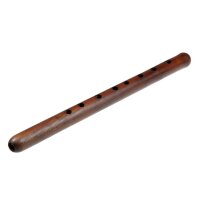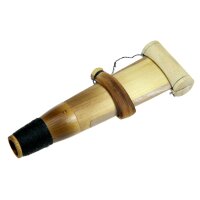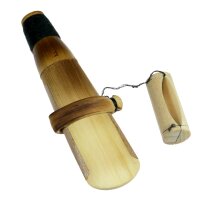There are various musical instruments, whose word stem corresponds to the term "Duduk". In the countries neighbouring Armenia, several instruments can be found which are similar to the Armenian duduk, such as the Mey, Balaban or Duduki. All these instruments are double reed instruments, similar to an oboe. The sound is generated by double reeds pounding against each other. How does it happen that similar words refer to different musical instruments and what is it that makes the Duduk so unique as an Armenian instrument?
Where does the word "Duduk" come from? So far it has not been possible to work it out exactly. It is however certain that the term "Duduk" has gained acceptance as an international term for the Armenian national instrument. The Armenian term "Tsiranapogh", which roughly means "apricot flute" or "apricot pipe" is rarely used today and when it is used then only in Armenia. The origins of the word "Duduk" can be traced back either to the Kurdish "düdük", a double reed instrument whose identical design is also to be found in Azerbaijan where it is known as "Balaban" and in Turkey where it is called "Mey". The single-reed Russian wind instrument, "duda", sometimes called "dudka", has a similar word stem, too. The phonetic similarity of the two words in Russian and Turkish is probably accidental.
In earlier literature, various forms of the term in the Turkish language are used for stopped (closed at the bottom) flutes/pipes. The word stem is found in Eastern Europe, Russia and in the Caucasus and describes flutes, oboes, pipes and bagpipes. Right up to today, this multiplicity of terms continues to cause frequent confusion as to which instrument is exactly meant. The Armenian double reed instrument duduk is often associated with the Caucasus, a region which is home to more than 30 ethnic groups.
The appearance and playing style of the Armenian Duduk, as it is known today throughout the world, has been shaped by Soviet influences, according to research carried out by the US-American ethnomusicologist Andy Nercessian. This development also distinguishes the Duduk significantly from similar instruments in the region such as the Mey, Balaban or the Georgian Duduki. Nercessian writes: "The playing of a number of duduk unisono together in a folk ensemble is a Soviet invention. Originally, for dancing purposes, the duduk was played as a solo instrument with a duduk drone and the Dhol frame drum." Likewise, the diatonic scale and the notation for the Duduk was introduced during the Soviet era. The Duduk advanced worldwide to an Armenian sound symbol of their history and culture. Musicians such as Djivan Gasparyan, Gevorg Dabaghyan and Lévon Minassian have been largely responsible for the great popularity of this musical instrument.
